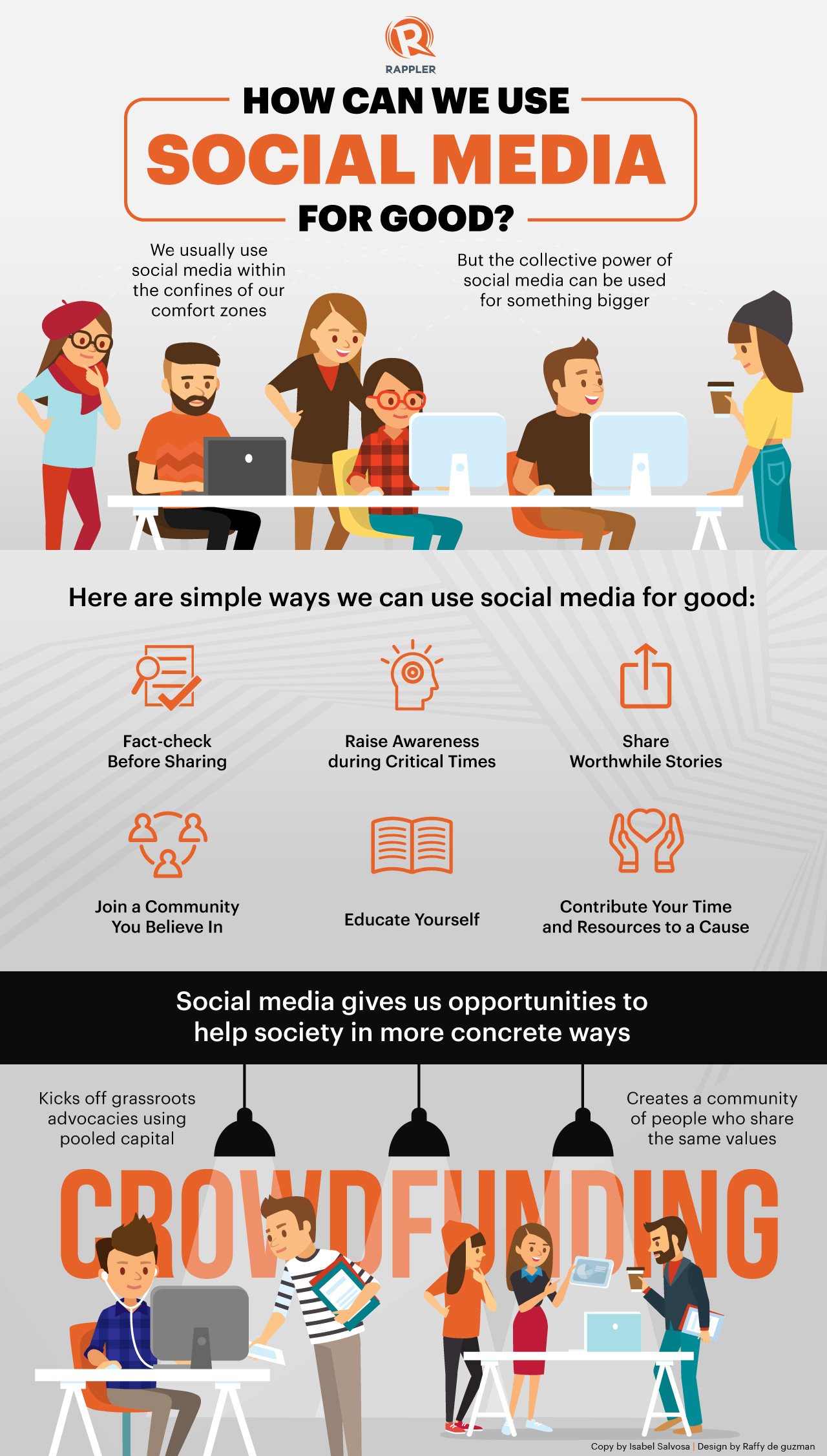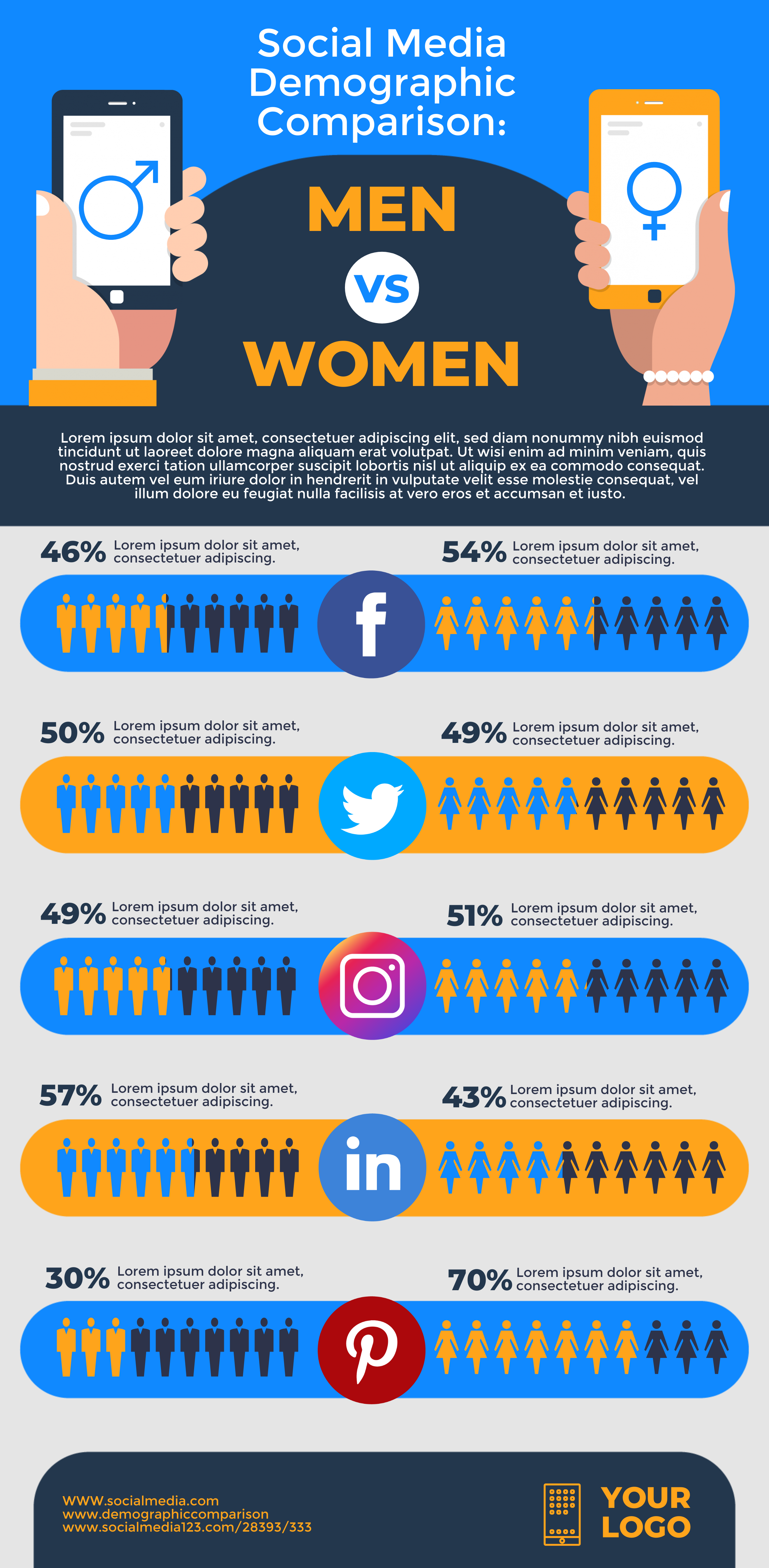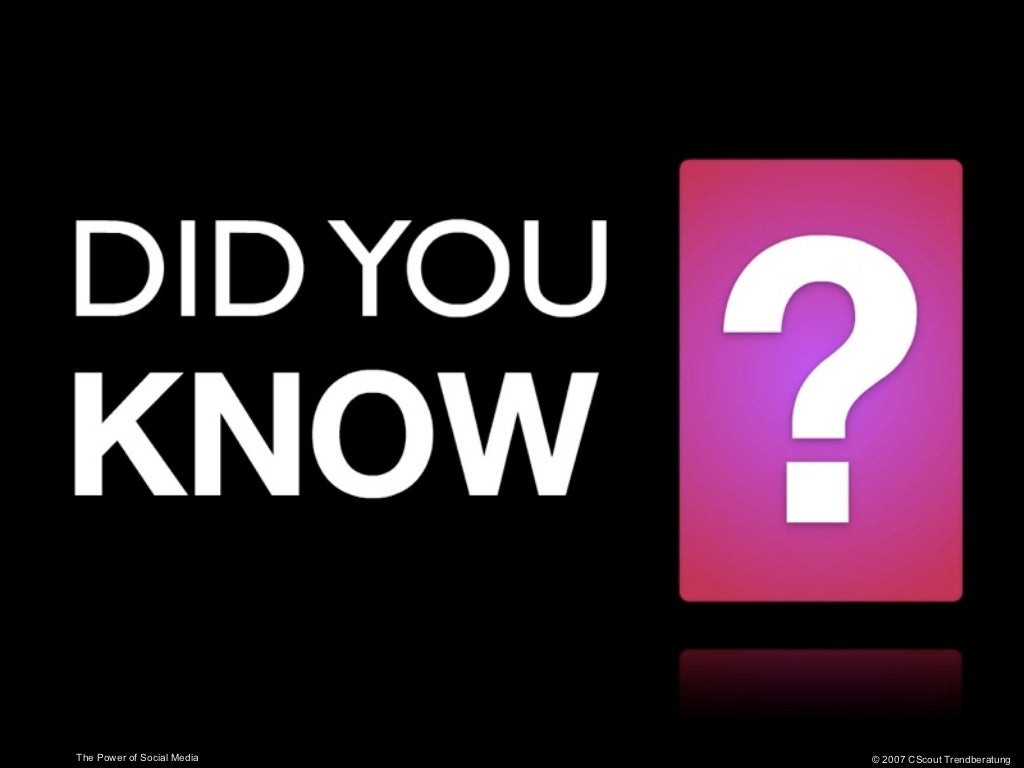


Infographics are an effective way to showcase the benefits of social media marketing, and businesses should consider incorporating them into their content strategy. In conclusion, social media marketing can be a powerful tool for businesses looking to improve their online presence and achieve their marketing goals. This data can be used to refine and optimize future campaigns, ensuring that they are as effective as possible.

By tracking metrics such as likes, shares, comments, and clicks, businesses can gain valuable insights into what works and what doesn’t. This targeted approach can help businesses increase their return on investment (ROI) and achieve their marketing goals more effectively.Īnother benefit of social media marketing is the ability to measure and analyze the performance of campaigns. With the use of hashtags, keywords, and demographic data, businesses can ensure that their content reaches the right people, at the right time, and in the right format. Social media marketing also provides businesses with the opportunity to target specific audiences with their content. By presenting information in a visually appealing way, businesses can increase engagement, likes, and shares, which can help to improve their visibility and reach on social media. They are particularly effective on platforms such as Instagram and Pinterest, where visual content is king. Infographics can help businesses create engaging social media content that captures the attention of their target audience. They can be used to explain complicated concepts, highlight key statistics, or showcase the benefits of a product or service. Infographics are visual representations of information, data, or knowledge that are designed to communicate complex ideas in a simple and easy-to-understand way. One of the best ways to understand the potential of social media marketing is through infographics. With the right strategies and techniques, social media can help businesses achieve their marketing goals and improve their overall online presence. Sharing presentations, workshops, and speeches in the days or weeks preceding the event is also an effective way to get viewers excited for the year to come-just look at the many viral TED Talk videos that spawn following conferences.Social media marketing is a powerful tool that can help businesses reach a wider audience, increase brand awareness, and drive traffic to their website. Live streaming is another way to encourage engagement through audiovisuals and can keep your social media audience engaged from miles and miles away. Using visual guides: Organizations are seeing a lot of success through building audiences on YouTube and Pinterest, because social media users, as we all know, love to share pictures and videos. SXSW is a great example of how successful social media can be in generating buzz the Austin festival received 4,000 speaker requests and 280,443 tweets discussing SXSW during the five days prior to its start. Eventility suggests, “By asking your audience to vote for their favorite talks, speakers, bands, or activities, you can build up an event program that you know people will enjoy.” Cultivating a relationship with a social-media-savvy audience can aid nonprofits in generating discourse on what topics and speakers to include, creating a fluid dialogue that persists throughout the event itself and through feedback afterwards, helping your organization evaluate what was effective and what will need improvement in following years.

A unique hashtag is a valuable tool to track any mention of your event. Looking for ways to optimize your Facebook and Instagram ads, and hone in on the exact right audience via the various Ad Manager options This could help Meta has published a new overview of audience-building tips, which provides some fundamental guidance on the basics of building your ad audience, based on your campaign aims. Social networking from start to finish: Make sure your organization includes a social media campaign from the early stages of planning, and not merely as an afterthought.


 0 kommentar(er)
0 kommentar(er)
